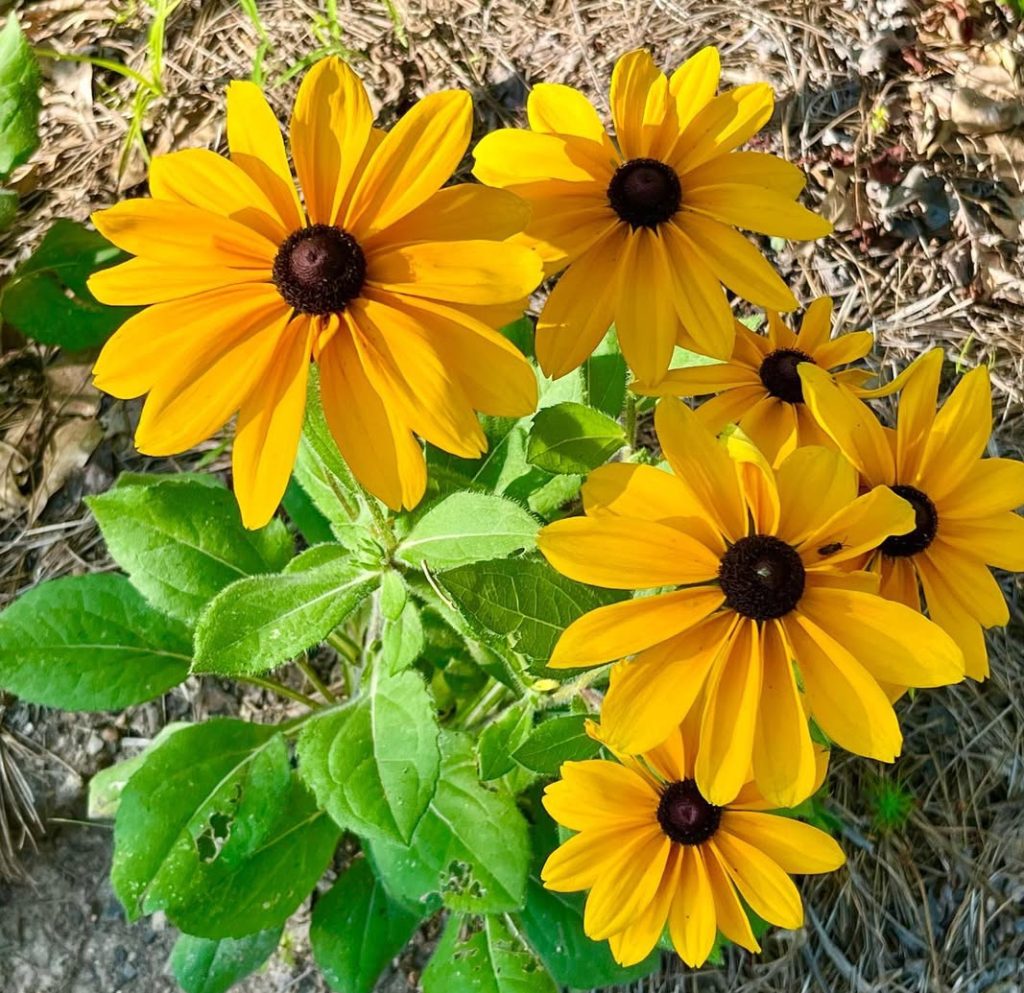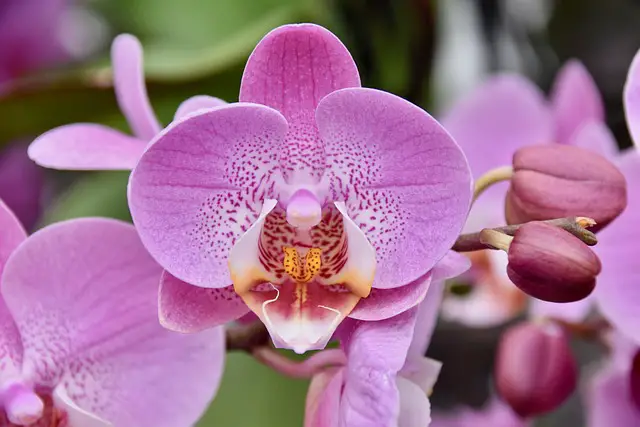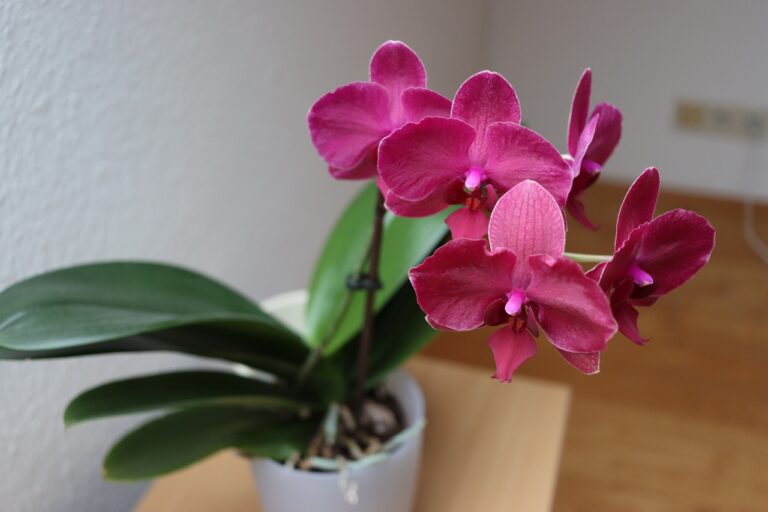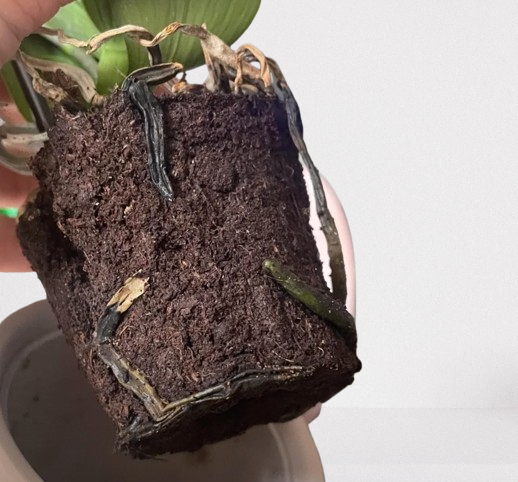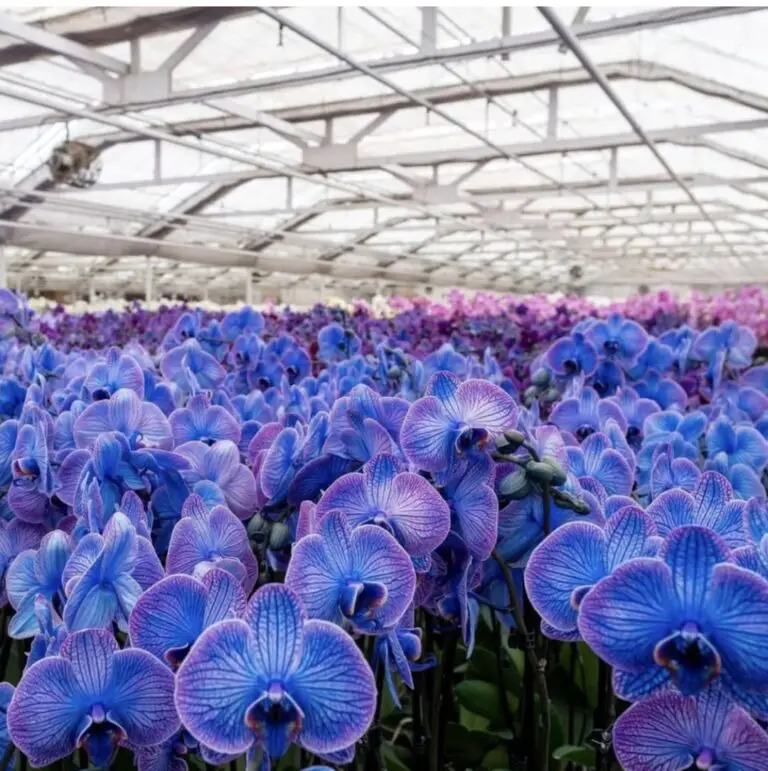Black Eyed Susan (Rudbeckia) is a beloved flower known for its bright, cheerful blooms and relatively low-maintenance care. Perfect for gardeners who are short on time or energy, this flower is a favorite for those who want to add vibrant color to their gardens without a lot of effort. In this article, we’ll break down 20 easy, lazy gardener-friendly steps to growing Black Eyed Susan from seed and ensuring success with minimal work. Whether you’re a seasoned gardener or a beginner, these simple hacks will help you achieve beautiful results.

- 1 Step 1: Choosing the Right Variety
- 2 Step 2: Timing Is Everything
- 3 Step 3: Preparing the Soil
- 4 Step 4: Choosing the Best Location
- 5 Step 5: Gathering Supplies
- 6 Step 6: Preparing Seed Beds
- 7 Step 7: Sowing the Seeds
- 8 Step 8: Watering Right
- 9 Step 9: Covering the Seeds
- 10 Step 10: Germination and Patience
- 11 Step 11: Thin the Seedlings
- 12 Step 12: Fertilizing Without Overdoing It
- 13 Step 13: Weed Control for Minimal Effort
- 14 Step 14: Pest Control with Minimal Work
- 15 Step 15: Watering During Dry Spells
- 16 Step 16: Managing Disease Without Chemicals
- 17 Step 17: Support for Tall Varieties
- 18 Step 18: Harvesting the Seeds
- 19 Step 19: Deadheading for Continued Blooms
- 20 Step 20: Enjoying the Fruits of Your Lazy Gardening
Step 1: Choosing the Right Variety
The first step to growing a successful Black Eyed Susan garden is selecting the right variety for your region and climate. There are many different varieties, but some are better suited for certain environments than others. Some types, like Rudbeckia hirta, are annuals, while others, like Rudbeckia fulgida, are perennial. Consider your growing zone and how much sunlight your garden gets. Picking the right variety from the start will set you up for easy success later on.
Step 2: Timing Is Everything
Black Eyed Susan seeds are best planted in the spring, after the last frost has passed. However, you can also start them indoors in late winter for earlier blooms. Timing is key to successful germination, so check your region’s average last frost date.Planting too late could shorten the blooming season, and planting too early could cause the seeds to not withstand frost. Starting your seeds at the right time ensures they’ll grow strong and healthy.
Step 3: Preparing the Soil
Black Eyed Susans are adaptable to various soil types, but they thrive best in well-draining, moderately fertile soil. You don’t need to worry about making your soil perfect, but a little preparation goes a long way. If your soil is heavy and clay-like, consider adding organic matter, such as compost, to improve drainage and texture. For lazy gardeners, adding compost or mulch directly to the planting area is the easiest way to ensure good soil quality without too much work.
Step 4: Choosing the Best Location
Black Eyed Susans love the sun. For optimal growth, plant them in a location that gets full sunlight for at least 6-8 hours a day. These flowers also thrive in a wide range of soil types, but they need well-draining ground. Look for a sunny, open area where your plants can spread without getting crowded. Avoid spots that stay too wet or shaded, as this can cause the plants to become leggy and weak. A sunny, dry spot will give your Black Eyed Susans the best chance to thrive.
Step 5: Gathering Supplies
Before you begin planting, gather the basic tools you’ll need. You’ll need Black Eyed Susan seeds, a small trowel, a watering can, and some mulch. If you’re planting in containers, make sure they have drainage holes to prevent waterlogged soil. To make your life even easier, consider using a seed-starting tray with a clear lid for indoor sowing. This simple setup will help maintain humidity and warmth, making it even more effortless to start your seeds.
Step 6: Preparing Seed Beds
Creating a seed bed doesn’t have to be difficult. You can either till the soil slightly or use a no-till method, which saves time and effort. Simply clear the area of any weeds or debris, and loosen the top layer of soil with your hands or a rake. You can also add a thin layer of compost for an extra nutrient boost. With minimal effort, your seed bed will be ready for planting, allowing your Black Eyed Susans to grow strong without a lot of fuss.
Step 7: Sowing the Seeds
Planting Black Eyed Susan seeds is easy and straightforward. Scatter the seeds across the prepared soil, then lightly press them into the surface. You don’t need to bury them deeply—just a gentle press will suffice.When planting in a container, scatter the seeds over the soil and then lightly cover them with soil. Spacing is important, so ensure the seeds are not too close together. If you’re planting in rows, leave about 12-18 inches of space between them to allow for growth.
Step 8: Watering Right
Proper watering is crucial for seed germination, but it’s essential not to overdo it. Black Eyed Susan seeds need to stay moist but not soaked.To prevent the seeds from being displaced, water them sparingly with a fine mist sprayer or a watering bucket. Once the seeds begin to germinate, water them deeply but infrequently, ensuring the soil is moist but not waterlogged. Over-watering can lead to root rot, so a good rule of thumb is to let the top layer of soil dry out between waterings.
Step 9: Covering the Seeds
To help Black Eyed Susan seeds germinate successfully, lightly cover them with a thin layer of mulch or soil. This maintains a constant soil temperature and aids in moisture retention. Mulch also suppresses weeds, which can compete with your new seedlings. You don’t need to cover them too thickly—just enough to protect the seeds from drying out. This simple step ensures your seeds have the best chance to sprout without needing constant attention.
Step 10: Germination and Patience
Once your seeds are in the ground and properly watered, the next step is to wait for germination. Black Eyed Susan seeds typically take 7 to 10 days to germinate, but it may take a bit longer, depending on the weather. Be patient! Resist the urge to check the soil constantly. Keep the soil damp but not waterlogged during this period. If you started the seeds indoors, you can move them outside once they’ve sprouted and the weather is warm enough.
Step 11: Thin the Seedlings
As the seedlings grow, they may become overcrowded. To give each plant room to develop, thin the seedlings when they are a few inches tall. You can either pull the weakest plants by hand or cut them back with scissors. The remaining seedlings should be spaced 12 to 18 inches apart. This ensures they have enough room to spread out and grow strong without competing for sunlight, water, or nutrients.
Step 12: Fertilizing Without Overdoing It
Black Eyed Susans don’t require much fertilizing, making them an ideal flower for lazy gardeners.You might not even need to apply fertiliser if your soil is already nutrient-rich.However, if your soil is lacking, consider adding a balanced, slow-release fertilizer in the spring. Organic compost works well as a natural fertilizer, giving your plants a steady supply of nutrients without the need for chemical inputs. Over-fertilizing can lead to excessive foliage growth at the expense of flowers, so less is more.
Step 13: Weed Control for Minimal Effort
Weeding can be a daunting task, but it doesn’t have to be if you use a few simple tricks. Mulching around your Black Eyed Susans will help suppress weeds by blocking sunlight and preventing weed seeds from germinating. If you prefer a more hands-off approach, consider using a landscape fabric or a natural weed barrier under your mulch. These solutions reduce the amount of weeding you need to do, allowing you to focus on enjoying your flowers rather than battling unwanted plants.
Step 14: Pest Control with Minimal Work
Despite its relative resistance to pests, Black Eyed Susans are susceptible to a few common garden pests. Beetles, caterpillars, and aphids can occasionally inflict harm. The good news is that you may protect your plants without using harsh chemicals. Neem oil and insecticidal soap are both natural remedies that work well. Simply spray your plants in the early morning or evening to avoid harming beneficial insects. This method is easy to apply and doesn’t require much effort on your part.
Step 15: Watering During Dry Spells
It’s crucial to keep your Black Eyed Susans moist during dry spells.Water them deeply once a week if there’s little rain, ensuring that the water reaches the roots. If you’re looking for a hands-off solution, consider setting up a drip irrigation system or soaker hose to water the plants slowly over time. This minimizes the risk of over-watering while keeping your plants healthy and hydrated. During normal weather, a once-weekly watering should suffice.
Step 16: Managing Disease Without Chemicals
Black Eyed Susans are generally resistant to disease, but they can occasionally develop issues like powdery mildew or rust. To manage these problems naturally, ensure your plants have good air circulation by spacing them appropriately and avoiding overcrowding. If you notice signs of disease, trim off affected areas promptly and remove them from the garden. Further spread can be stopped with the use of organic fungicides such as neem oil or a solution of baking soda and water.
Step 17: Support for Tall Varieties
If you’re growing tall varieties of Black Eyed Susan, such as Rudbeckia laciniata, they may need some support to prevent them from toppling over in the wind. A simple, low-maintenance solution is to install stakes or cages around your plants when they’re young. You can use bamboo stakes, tomato cages, or any sturdy, flexible material to keep the plants upright. This will prevent broken stems and ensure your flowers continue to thrive without much effort on your part.
Step 18: Harvesting the Seeds
Once your Black Eyed Susans are finished blooming, it’s time to harvest the seeds for next season. Allow the seed heads to dry out on the plant, then carefully collect them once they’re brown and crunchy. Store the seeds in a cool, dry place until you’re ready to plant them again. If you don’t have the time or inclination to harvest the seeds, you can also let them fall naturally, and new plants may sprout next season with no effort from you.
Step 19: Deadheading for Continued Blooms
Deadheading is the process of removing spent flowers, and it’s an easy way to encourage continued blooms throughout the season. Simply pinch or cut off the dead flowers at the base, and your Black Eyed Susans will often reward you with more blooms. Deadheading also prevents the plants from wasting energy on seed production, which means more vibrant flowers for you to enjoy.
Step 20: Enjoying the Fruits of Your Lazy Gardening
Finally, sit back and enjoy the beautiful Black Eyed Susan flowers you’ve cultivated with minimal effort. These vibrant, cheerful blooms are perfect for brightening up any garden and require little attention to thrive. By following these 20 lazy gardener-friendly steps, you’ll enjoy a colorful, thriving garden with very little work. Relax and let nature do the hard work for you—your flowers will take care of themselves!
Black Eyed Susan seeds are one of the easiest and most rewarding plants to grow, even for the laziest gardeners. With these 20 simple steps, you can create a beautiful, colorful garden without breaking a sweat. So, grab some seeds, follow these hacks, and enjoy the effortless beauty that Black Eyed Susans bring to your garden. Happy gardening!
FAQs About Black Eyed Susan Seeds
1. What are Black Eyed Susan seeds and how do they grow?
The tiny, round seeds of the Black Eyed Susan plant (Rudbeckia hirta) are known as Black Eyed Susan seeds. These seeds are known for their ability to easily germinate and grow into vibrant, daisy-like flowers with yellow petals and a dark brown center. When properly planted in well-drained soil and given enough sunlight, Black Eyed Susan seeds grow quickly, making them an ideal choice for gardeners looking for low-maintenance flowers.
2. When is the best time to plant Black Eyed Susan seeds?
The best time to plant Black Eyed Susan seeds is in early spring, after the last frost has passed. In warm soil, this enables the seeds to sprout. However, if you live in a milder climate, you can also plant Black Eyed Susan seeds in the fall, allowing them to overwinter and bloom in the spring. Planting at the right time ensures that your Black Eyed Susan seeds have the best chance to sprout and thrive.
3. How do I plant Black Eyed Susan seeds?
Black Eyed Susan seeds are easy to plant. Select a sunny spot with soil that drains properly first. Place the seeds on the soil’s surface and gently press them down, being careful not to bury them too deeply. In roughly 7–10 days, your Black Eyed Susan seeds should start to sprout if you keep the soil warm and moist. Additionally, if you would like, you can start them indoors and move them later.
4. Do Black Eyed Susan seeds need special care to grow?
Once planted, Black Eyed Susan seeds require little care. To flourish, they need full sun and soil that drains properly.While they don’t need special care, they benefit from occasional watering, especially in dry conditions. Mulching around your plants can help retain moisture and prevent weeds. Regular deadheading of spent blooms will encourage more flowers, but overall, Black Eyed Susan seeds are forgiving and easy to grow.
5. Can I grow Black Eyed Susan seeds in containers?
Yes, Black Eyed Susan seeds can be successfully grown in containers, making them ideal for small gardens or patios. Choose a high-quality potting mix and make sure the container has drainage holes.Since these plants prefer full sun, place the container in a sunny spot and water the seeds regularly, ensuring they don’t sit in stagnant water. Black Eyed Susan seeds will thrive in containers with minimal care.
6. How long do Black Eyed Susan seeds take to germinate?
Black Eyed Susan seeds typically take 7-10 days to germinate when planted in the right conditions. The germination time may vary depending on temperature and soil moisture. Keep the soil consistently moist but not soggy, and place the seeds in a warm location to speed up the process. Once they have sprouted, Black Eyed Susan seedlings grow quickly and can be transplanted outdoors after a few weeks.
7. Should I water Black Eyed Susan seeds after planting?
Yes, Black Eyed Susan seeds need to be watered after planting to help them germinate. Keep the soil moist during the germination period, but avoid over-watering, as this can cause the seeds to rot. Once the seeds have germinated and the seedlings have established, water them deeply but less frequently, allowing the soil to dry out between waterings. Proper watering ensures strong and healthy plants.
8. How do I harvest Black Eyed Susan seeds?
It’s simple to harvest Black Eyed Susan seeds. Await the drying of the plant’s blossom heads. To get the seeds when the petals have fallen off and the seed heads are dried and brown, gently shake or crack open the seed heads. Till you’re ready to plant them again, keep the seeds in a cool, dry location. Because Black Eyed Susan seeds may be kept and used again year after year, they are an affordable and environmentally friendly option for gardeners.
9. How do I prevent weeds when growing Black Eyed Susan seeds?
Weeds can compete with your Black Eyed Susan seeds for nutrients and sunlight. To prevent weeds, mulch around the seedlings with organic material such as straw or shredded leaves. Mulch helps retain moisture, keeps the soil temperature stable, and blocks out sunlight, preventing weed growth. Regularly check your garden and remove any weeds that do appear to ensure your Black Eyed Susan seeds have plenty of room to grow.
10. What pests should I watch out for with Black Eyed Susan seeds?
While Black Eyed Susan seeds are generally pest-resistant, they can sometimes attract aphids, beetles, and caterpillars. To prevent pest infestations, inspect your plants regularly. If you notice any pests, you can remove them by hand or treat the plants with organic insecticidal soap or neem oil. Keeping your plants healthy and well-spaced will also reduce the risk of pests taking hold in your garden.
11. Can I plant Black Eyed Susan seeds in the fall?
Yes, you can plant Black Eyed Susan seeds in the fall. In fact, they benefit from a process called cold stratification, where they experience a period of cold weather before germinating. By planting them in the fall, the seeds will naturally undergo this process, and they’ll be ready to sprout when spring arrives. Just make sure the soil is well-draining, and the seeds are not too deep in the ground to ensure successful growth.
12. Are Black Eyed Susan seeds easy to grow for beginners?
Seeds of Black Eyed Susan are a great option for novice gardeners. Once established, they need little maintenance and are hardy and easy to grow. With just a little sunlight, well-drained soil, and regular watering, even novice gardeners can successfully grow these beautiful flowers. Whether you’re new to gardening or just looking for a low-maintenance option, Black Eyed Susan seeds are a great place to start.
13. Do Black Eyed Susan seeds need fertilizing?
Black Eyed Susan seeds don’t require heavy fertilization. These plants are quite hardy and can grow in moderately fertile soil. If your soil is poor, a light application of a balanced fertilizer in early spring will help. Overfertilization, however, should be avoided since it may result in excessive leaf growth at the expense of flowers.A slow-release, organic fertilizer is a good option if you feel the need to feed your Black Eyed Susan seeds.
14. How do I ensure Black Eyed Susan seeds bloom every year?
To ensure that your Black Eyed Susan seeds bloom every year, plant them in a spot that gets full sunlight and has well-drained soil. To promote more blooms, regularly deadhead spent flowers.If growing perennials, leave the plants in place over the winter. In the spring, the plants will sprout again from their roots, and you can continue enjoying flowers year after year without replanting seeds.
15. What are the benefits of growing Black Eyed Susan seeds in my garden?
Growing Black Eyed Susan seeds offers numerous benefits. These cheerful, yellow flowers brighten up any garden and attract pollinators like bees and butterflies. Additionally, they are drought-tolerant, low-maintenance, and resistant to most pests and diseases. By planting Black Eyed Susan seeds, you’re creating a beautiful and eco-friendly garden that requires minimal effort, making them a perfect addition to any low-maintenance gardening plan.
